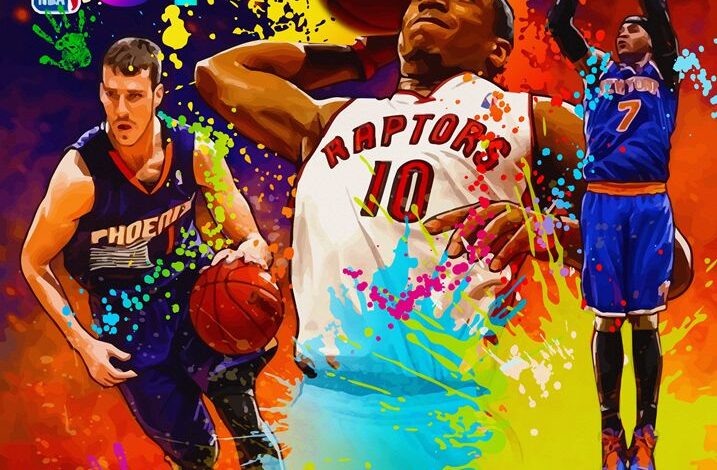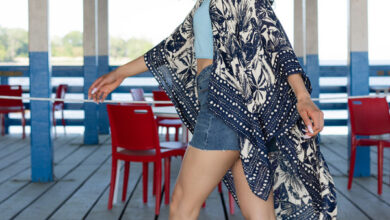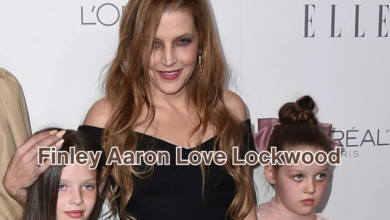The Ever-Changing Landscape of Fashion: Social Media’s Impact on Style

Introduction
In the era of social media, fashion has taken on an entirely new dimension. With platforms like Instagram, TikTok, and Pinterest at the forefront, the fashion industry has undergone a dramatic transformation. Gone are the days when fashion trends were dictated by a select few fashion houses and magazines. Today, social media has democratized the world of fashion, making it more accessible, inclusive, and diverse than ever before. In this article, we’ll explore the profound impact of social media on fashion, from how it influences trends to the role it plays in the marketing and promotion of fashion products. Additionally, we’ll take a closer look at specific fashion items, including the phoenix suns jacket “Clippers jackets,” and “Oklahoma City Thunder varsity jacket,” to understand how social media has shaped the way we engage with fashion.
I. The Rise of Influencer Culture
A. The Birth of the Fashion Influencer
One of the most significant impacts of social media on fashion is the rise of the fashion influencer. These individuals have leveraged platforms like Instagram to cultivate massive followings based on their unique style, creativity, and authenticity. Unlike traditional fashion models, influencers are relatable, accessible, and often come from diverse backgrounds.
B. The Power of Authenticity
What sets fashion influencers apart is their authenticity. They showcase real-life, everyday fashion that resonates with their followers. This authenticity has dismantled the traditional beauty standards imposed by the fashion industry, making room for more inclusive and diverse representations of style.
C. Collaborations and Partnerships
Fashion brands have recognized the immense marketing potential of influencers. Collaborations and partnerships between influencers and fashion labels have become commonplace. These collaborations help brands reach a wider and more engaged audience, as influencers often have a loyal and dedicated fan base.
II. The Democratization of Fashion
A. Breaking Down Barriers
Social media has torn down the barriers that once separated the fashion elite from the general public. No longer is high fashion the exclusive domain of runway models and couture designers. Ordinary people now have a platform to showcase their style and influence fashion trends.
B. Personal Expression
The democratization of fashion means that personal expression is celebrated. Social media users can experiment with their style, take fashion risks, and express themselves through clothing in ways that were not possible before. This has fostered a more inclusive and diverse fashion landscape.
III. The Influence of TikTok
A. TikTok and Fashion Challenges
TikTok, a short-form video platform, has played a pivotal role in shaping fashion trends. The platform’s viral challenges have led to the rapid spread of oklahoma city thunder varsity jacket. Users participate in challenges by putting their unique spin on a trend, and these challenges often gain immense popularity, influencing what people wear.
B. Discovering New Brands
TikTok has become a platform for discovering emerging and independent fashion brands. Users can stumble upon small businesses and unique designs that they may have never encountered through traditional fashion outlets.
IV. The Role of Instagram in Fashion
A. Shoppable Content
Instagram has introduced shoppable posts, allowing users to seamlessly transition from admiring a fashion post to making a purchase. This integration of commerce into the platform has transformed the way people shop for clothing.
B. Micro-Influencers
While mega-influencers continue to have a significant impact on fashion, micro-influencers have gained prominence as well. These individuals have smaller but highly engaged followings, making them effective at driving sales for niche fashion products.
V. The Impact on Fashion Marketing
A. User-Generated Content
Social media has given rise to user-generated content (UGC). Brands encourage customers to create content featuring their products, effectively turning customers into brand ambassadors. This user-generated content is often more authentic and relatable than traditional advertising.
B. Real-Time Engagement
Social media allows fashion brands to engage with their customers in real time. Whether it’s responding to comments or conducting live Q&A sessions, brands can build a more personal connection with their audience.
C. Measuring Success
Social media provides valuable insights into the success of fashion marketing campaigns. Brands can track engagement metrics, monitor the reach of their posts, and gather feedback from their audience, allowing them to refine their marketing strategies.
VI. The Impact on Fashion Consumption
A. Fast Fashion and Sustainability
Social media’s rapid dissemination of fashion trends has contributed to the rise of fast fashion. While this has made trendy clothing more accessible, it has also raised concerns about sustainability and ethical production in the fashion industry.
B. Influencer-Driven Consumption
Influencers have a significant influence on what their followers purchase. Their endorsements can drive sales, leading to an increased demand for specific fashion items. This can lead to trends that are short-lived and disposable.
C. Secondhand and Vintage Shopping
On the flip side, social media has also popularized secondhand and vintage shopping. Thrifting and sustainable fashion movements have gained momentum, driven in part by influencers who promote eco-friendly and ethical fashion practices.
VII. Case Study: Social Media and NBA Team Jackets
A. “Phoenix Suns Jacket”
The “Phoenix Suns jacket” has become an iconic representation of fan loyalty and team spirit. Social media platforms allow Suns fans to proudly display their allegiance by sharing images of themselves wearing the team’s jacket. This not only strengthens the fan community but also serves as a form of free advertising for the team’s merchandise.
B. “Clippers Jackets”
The Los Angeles Clippers have leveraged social media to market their clippers jackets and merchandise to a global audience. Through strategic partnerships with influencers and engaging content, they have expanded their reach beyond traditional marketing channels.
C. “Oklahoma City Thunder Varsity Jacket”
The “Oklahoma City Thunder varsity jacket” has found new life on social media. Fans showcase their team pride by sharing photos and stories about their favorite team, often featuring the iconic jacket. This user-generated content serves as a testament to the deep connection fans have with their teams and the role social media plays in fostering that connection.
Conclusion
Social media has fundamentally reshaped the fashion industry. From the democratization of fashion to the rise of fashion influencers and the influence of platforms like TikTok and Instagram, social media has become an integral part of how we engage with fashion. It has democratized fashion, celebrated diversity, and transformed the way fashion is marketed and consumed.
As social media continues to evolve, it will undoubtedly continue to shape the future of fashion. Brands, influencers, and consumers alike will need to navigate this ever-changing landscape, adapting to new trends, technologies, and consumer behaviors. The impact of social media on fashion is not just a passing trend; it’s a fundamental shift that has forever altered the way we define, create, and experience style.





